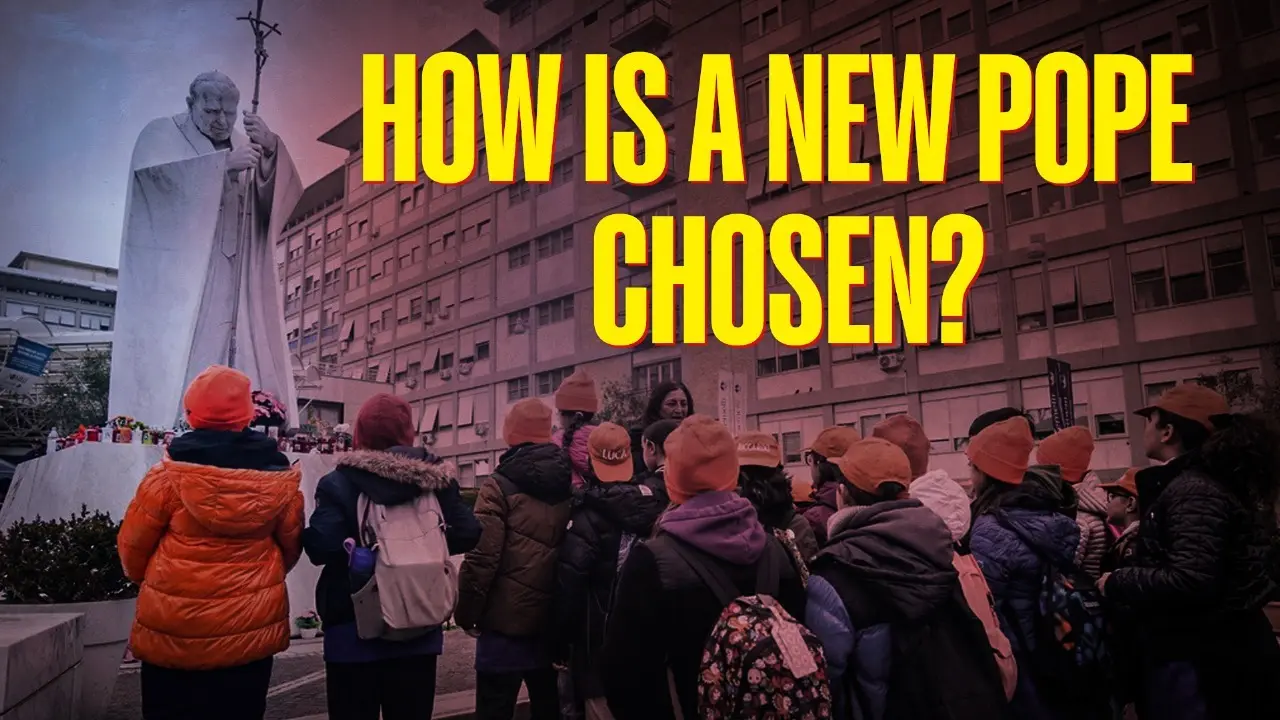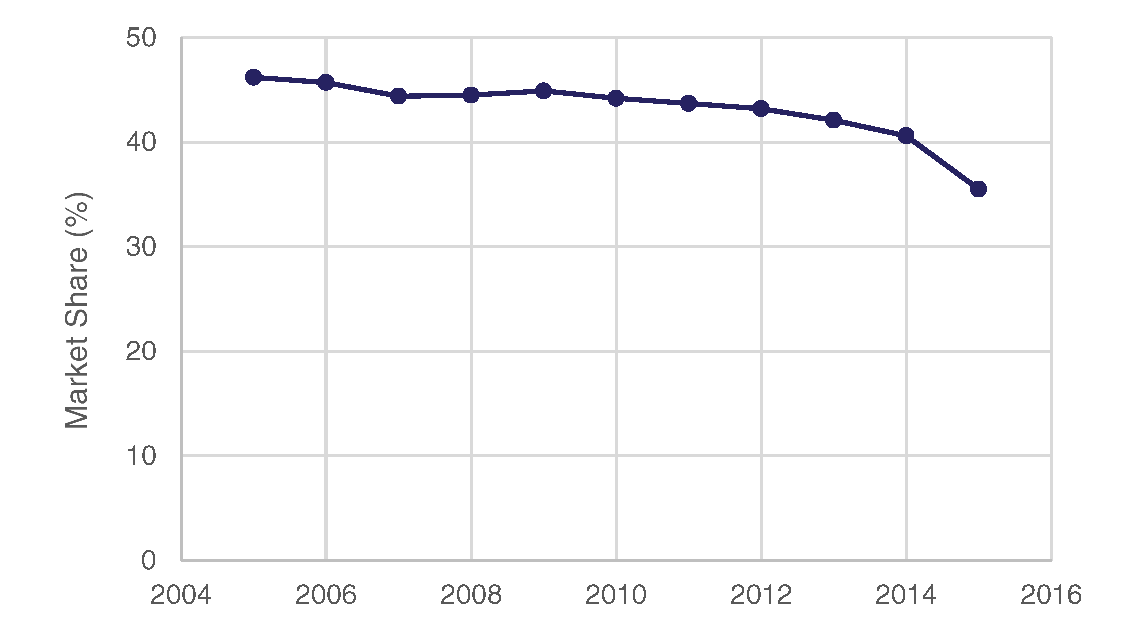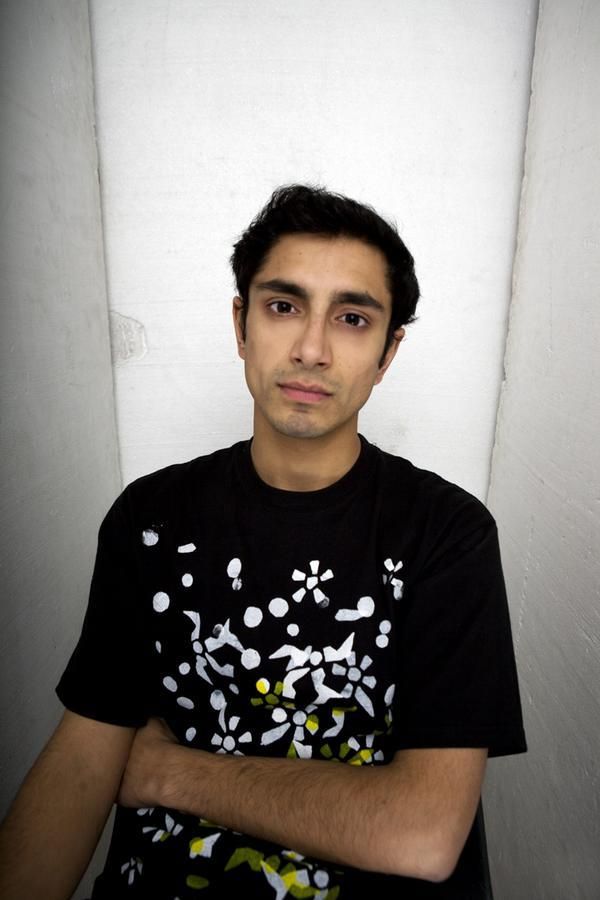How The Pope Is Chosen: A Look Inside The Conclave

Table of Contents
The Death or Resignation of a Pope
The Papal Conclave is triggered by the death or resignation of the reigning Pope. This moment marks the beginning of the sede vacante – the period when the See of Peter is vacant. The official announcement of the Pope's death or resignation is a solemn occasion, signifying the commencement of a significant process within the Catholic Church. During this period, the affairs of the Holy See are managed by the Camerlengo, a Cardinal who acts as a sort of interim administrator. Preparations for the upcoming conclave, including the summoning of the College of Cardinals, begin immediately.
- The College of Cardinals convenes.
- The Camerlengo manages the affairs of the Holy See.
- Preparations for the conclave (including the meticulous security arrangements) begin.
The Role of the College of Cardinals
The College of Cardinals plays a crucial role in the Papal Conclave. This body, composed of Cardinals from around the world, is responsible for electing the new Pope. Not all Cardinals are eligible to participate; only those under the age of 80 are considered Cardinal electors. These electors are appointed by the Pope throughout his papacy and represent a diverse range of theological viewpoints and geographical regions.
- Eligibility criteria for Cardinal electors: Must be under 80 years old at the time of the conclave.
- The number of Cardinal electors: This number varies depending on the number of Cardinals appointed by the preceding Pope.
- Their responsibilities during the conclave: The Cardinal electors are responsible for engaging in prayer, deliberation, and ultimately casting their votes to select the next Pope.
The Conclave: Location, Rules, and Procedures
The Papal Conclave traditionally takes place in the Sistine Chapel within the Vatican Palace. This iconic location adds to the solemnity and historical weight of the proceedings. Strict rules govern the conclave, emphasizing secrecy and isolation to ensure an atmosphere of prayer and focused deliberation. The participants are confined to the location, with limited communication with the outside world, promoting reflection and preventing undue external influence.
- The “scrutiny” voting process: Ballots are cast secretly and counted by specially appointed officials.
- The required two-thirds majority for election: A candidate needs to achieve a two-thirds majority to be elected Pope.
- The burning of ballots and the significance of the smoke signals: Black smoke signifies that no Pope has been elected, while white smoke announces the election of a new Pope to the world. This visual cue is a powerful symbol of the proceedings.
The Election of the New Pope
The moment of election is marked by the announcement, "Habemus Papam!" ("We have a Pope!") by the Dean of the College of Cardinals. This declaration is followed by the new Pope's first public appearance on the balcony of St. Peter's Basilica, where he addresses the world and receives the enthusiastic cheers of the assembled crowds. The new Pope then takes the name of his choosing and embarks on his papacy.
- "Habemus Papam!" – the announcement to the world.
- The new Pope's first appearance on the balcony of St. Peter's Basilica.
- The beginning of his papacy.
History and Evolution of the Papal Conclave
The procedures surrounding the Papal Conclave have evolved significantly throughout history. Early conclaves were often far less formal and structured. The rules and procedures have been refined over the centuries, influenced by various historical events and the evolving needs of the Church. Changes include the establishment of stricter rules regarding secrecy and the implementation of modern security measures.
- Changes in the rules and procedures: From informal gatherings to the highly structured process we see today.
- Notable papal elections throughout history: Studying past conclaves reveals fascinating insights into the complexities of choosing a Pope.
- The impact of modern technology on the conclave: While maintaining secrecy, technology plays an increasingly crucial role in facilitating communication and logistics.
Conclusion
The process of choosing a new Pope, the Papal Conclave, is a complex and fascinating event rich in history and tradition. Understanding the roles of the College of Cardinals, the intricacies of the voting process, and the significance of the conclave itself offers invaluable insight into the Catholic Church. To delve deeper into this captivating subject and learn more about the intricacies of the Papal Conclave, explore further resources online and discover the fascinating history behind the election of the Holy Father. Learn more about the next Papal Conclave and the fascinating history of this pivotal event.

Featured Posts
-
 Cavs Rout Knicks In Convincing Victory Newsradio Wtam 1100
May 07, 2025
Cavs Rout Knicks In Convincing Victory Newsradio Wtam 1100
May 07, 2025 -
 Germanys Leadership In Europe The New Chancellors Challenge
May 07, 2025
Germanys Leadership In Europe The New Chancellors Challenge
May 07, 2025 -
 Chiesa Del Futuro I Cardinali Scelti Da Papa Francesco E Il Ruolo Del Sud Del Mondo
May 07, 2025
Chiesa Del Futuro I Cardinali Scelti Da Papa Francesco E Il Ruolo Del Sud Del Mondo
May 07, 2025 -
 Superman Movie Hawkgirl Wing Design A Key Reveal By James Gunn
May 07, 2025
Superman Movie Hawkgirl Wing Design A Key Reveal By James Gunn
May 07, 2025 -
 Impact Of Ontarios Expanded Manufacturing Tax Credit On Businesses
May 07, 2025
Impact Of Ontarios Expanded Manufacturing Tax Credit On Businesses
May 07, 2025
Latest Posts
-
 Rogue One Star Reveals Thoughts On Beloved Character
May 08, 2025
Rogue One Star Reveals Thoughts On Beloved Character
May 08, 2025 -
 From Skimpy To Sophisticated How Rogues X Men Costume Changed
May 08, 2025
From Skimpy To Sophisticated How Rogues X Men Costume Changed
May 08, 2025 -
 A Rogue One Actors Surprising Take On A Popular Character
May 08, 2025
A Rogue One Actors Surprising Take On A Popular Character
May 08, 2025 -
 Rogues X Men Costume A Look At Its Transformation Over Time
May 08, 2025
Rogues X Men Costume A Look At Its Transformation Over Time
May 08, 2025 -
 Rogue One Stars Unexpected Opinion On A Fan Favorite Character
May 08, 2025
Rogue One Stars Unexpected Opinion On A Fan Favorite Character
May 08, 2025
